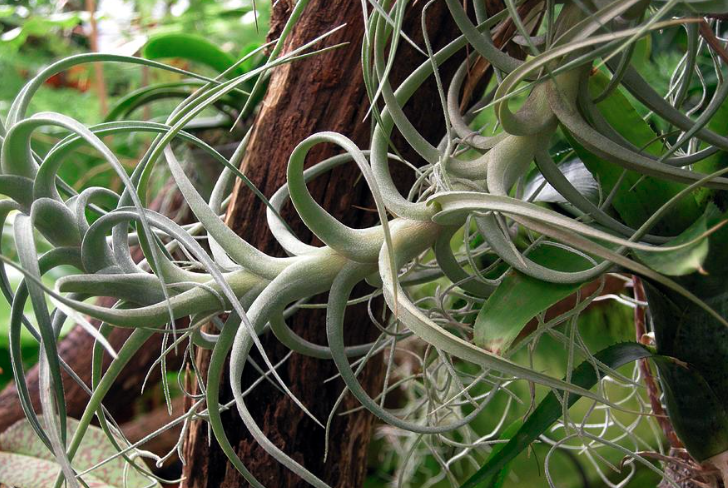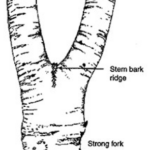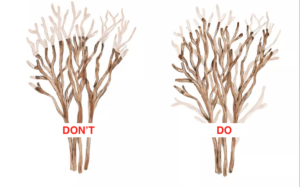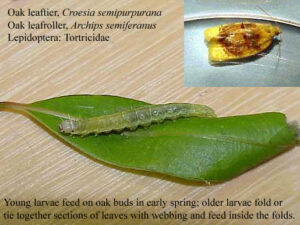Understanding Plant Pathogens
Plants that grow on or in trees can be easily seen and have distinct characteristics. Some people find it unsettling to see plants attached to or hanging from the trunks and branches of trees in their yards. However, not all cases of plant growth on trees should cause concern. There are different types of plants that interact with trees in different ways.
- Parasites: Some plants attach themselves to host trees and draw their nutrients from them. These parasitic plants can be harmful to the host trees, especially if they are abundant.
- Epiphytes: Other plants simply hang down or grow on trees, but they produce their own food through photosynthesis or acquire nutrients independently. Epiphytes are generally harmless to the host trees.
- Climbers: Vines are a group of plants that root in the soil and manufacture their own food through photosynthesis. They climb on available trees for support. When small, climbing vines are usually harmless, but they can become a problem as they grow and wrap around tree trunks and branches. If a plant grows to the point of significantly shading the foliage of its host tree, it should be considered harmful.
In Florida, plants growing on or in trees come in various sizes, shapes, and colors. For example:
- Mistletoe: This parasitic plant is easily recognized in the winter on leafless hardwood trees due to its spherical growth habit and evergreen foliage. It attaches to host branches with repeatedly branched stems.
- Spanish Moss: This is a well-known epiphyte in Florida. It has hanging green foliage that gives it a draped appearance.
- Ball Moss: Similar to Spanish Moss, this bromeliad grows in ball-like clusters instead of hanging like Spanish Moss.
- Bromeliads: Some bromeliads have a vase-like appearance and resemble pineapples. They are also epiphytes.
- Epiphytic Lichens: These plants appear as masses or patches of small gray-green, blue-green, or reddish-green flakes or “bushes” along the branches of hardwood trees.
- Root Parasites: Root parasites come in different forms. Some are green plants with colorful flowers, while others have drab brown foliage and inconspicuous flowers. They rely on the roots of their host trees for nutrients.
- Climbers: Climbers are simply vines that grow on trees in various ways.
Most plants growing on or in trees in Florida reproduce through seeds. However, lichens and Resurrection Ferns reproduce through tiny spores that are carried by the wind. Lichens can also spread through small fragments that break off and are dispersed by rain. Mistletoe seeds are spread from tree to tree by birds that eat its berries and then deposit the seeds through their droppings or by wiping them off their beaks onto host branches. Bromeliad seeds, such as those of Spanish Moss, are dispersed through the air by wind and rain. Seeds produced by climbers and root parasites are spread by different agents, including wind, water, birds, and rodents.




